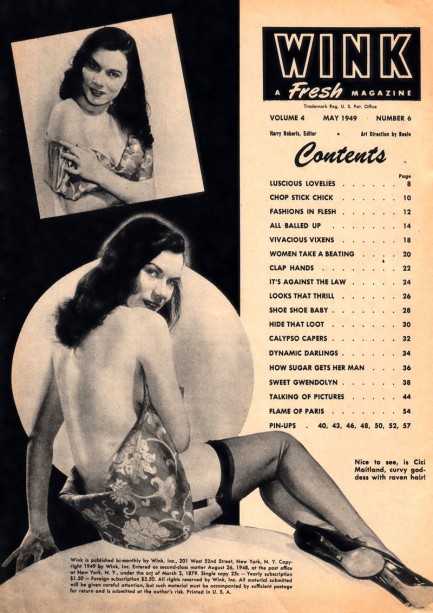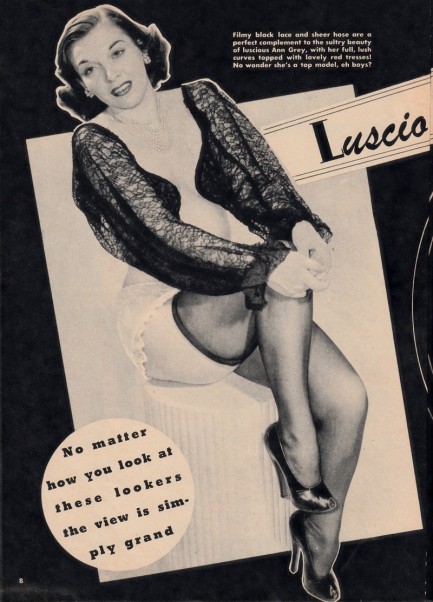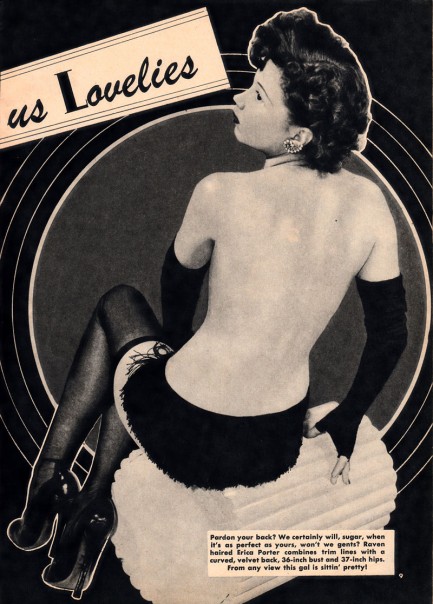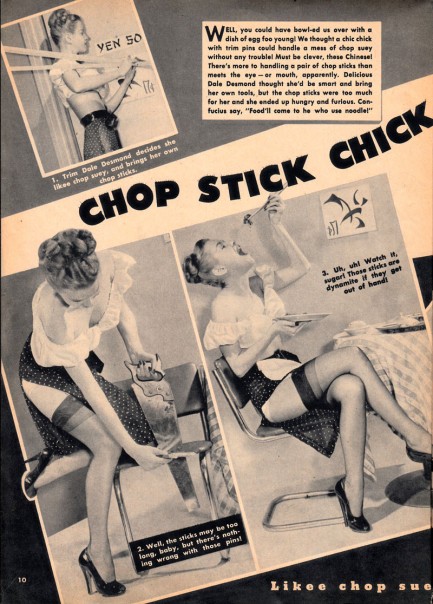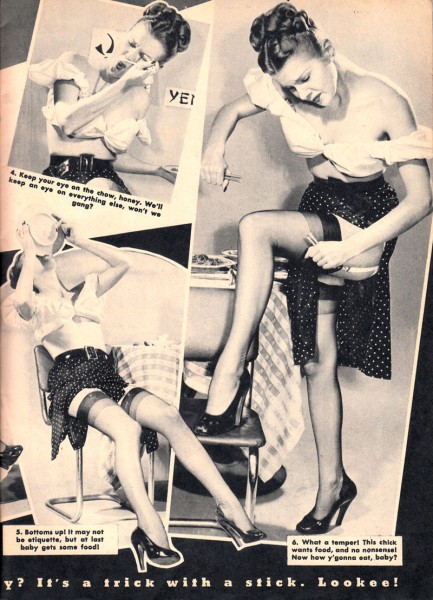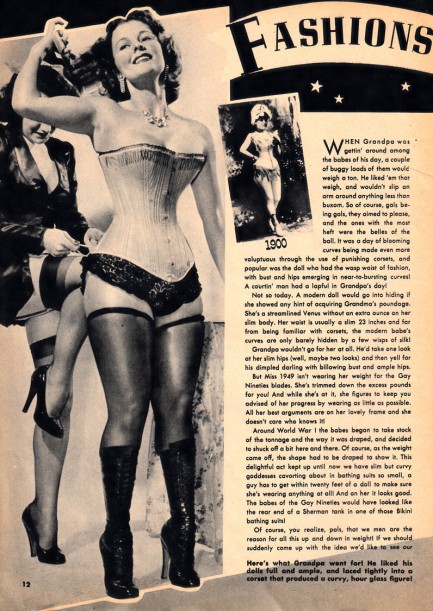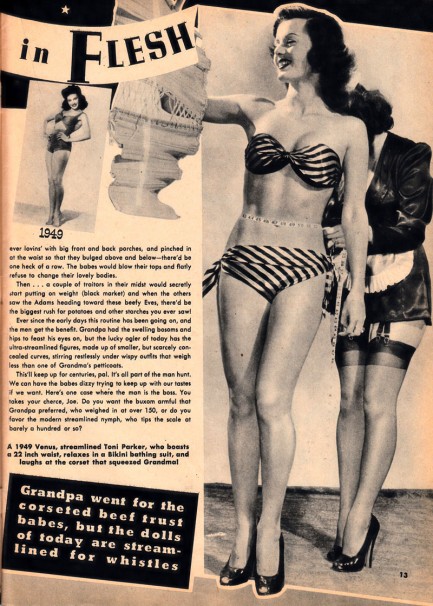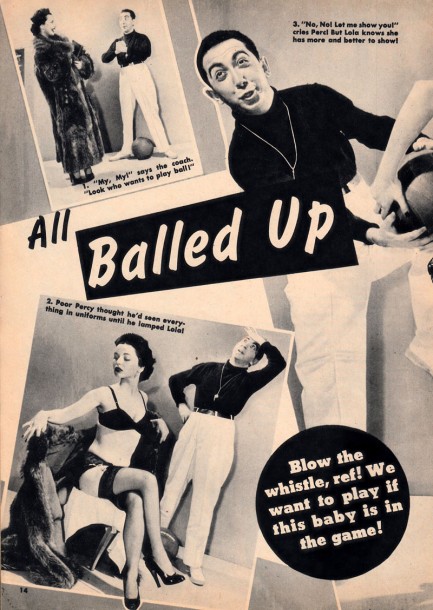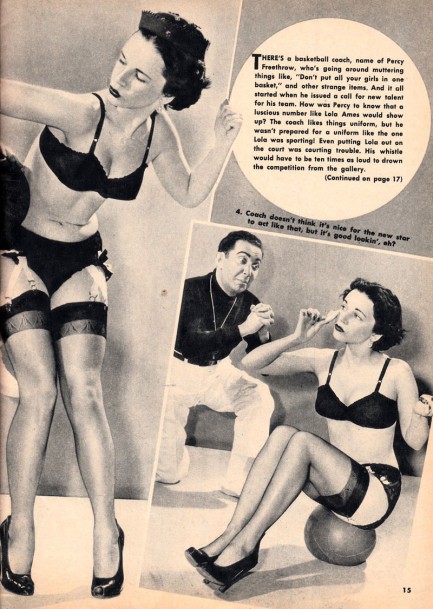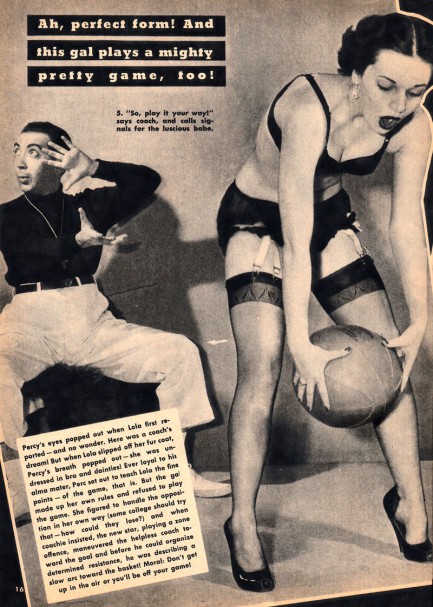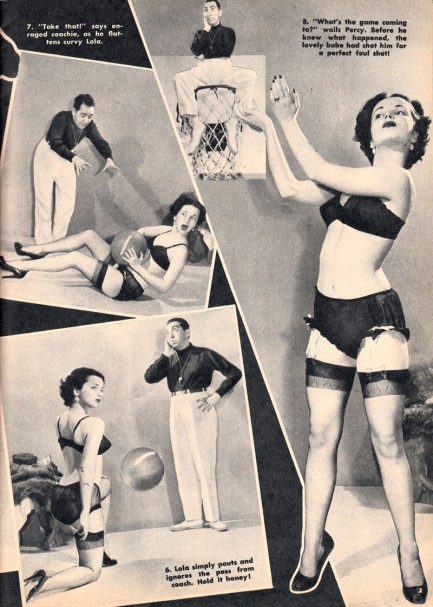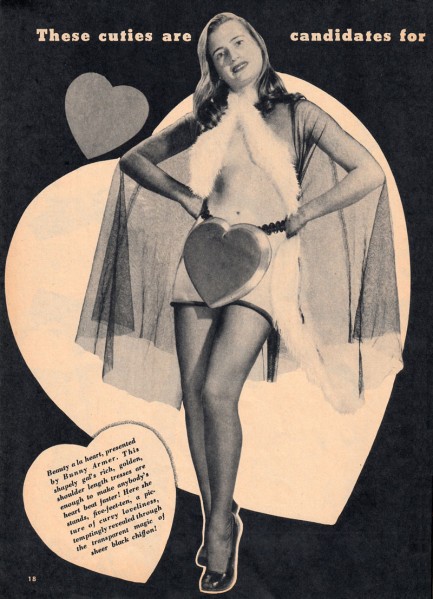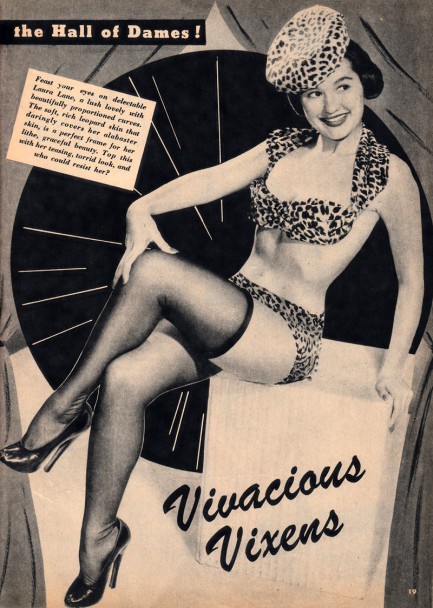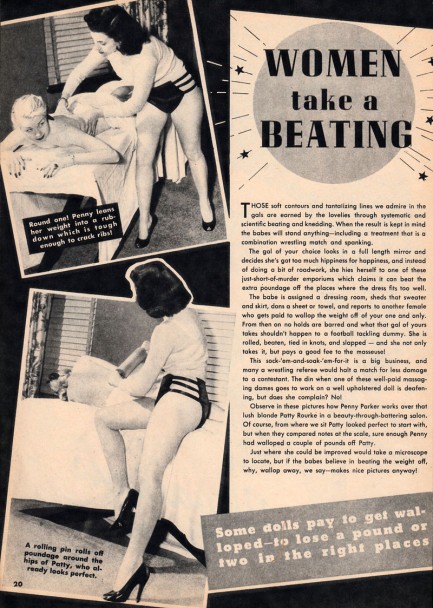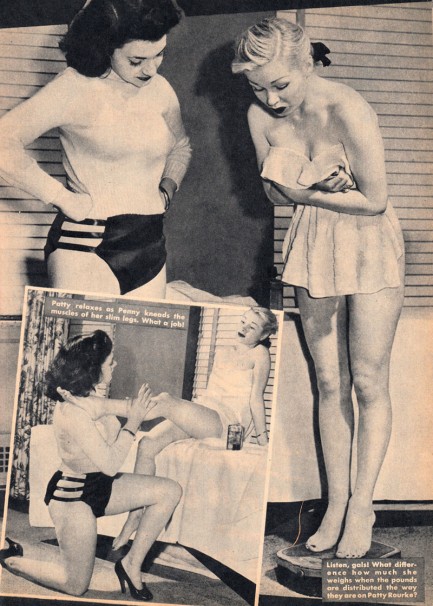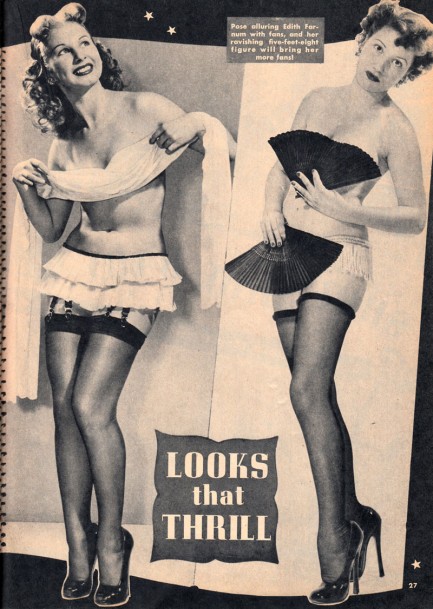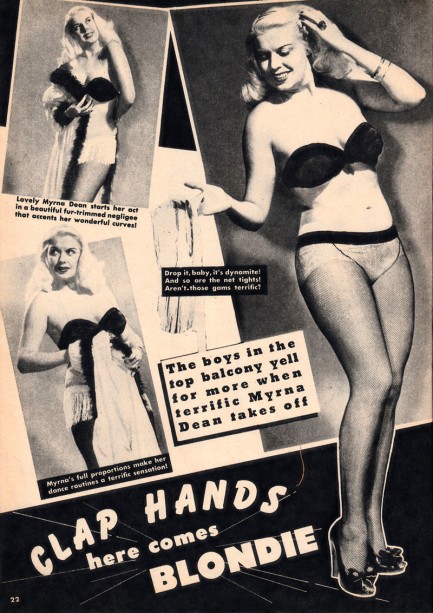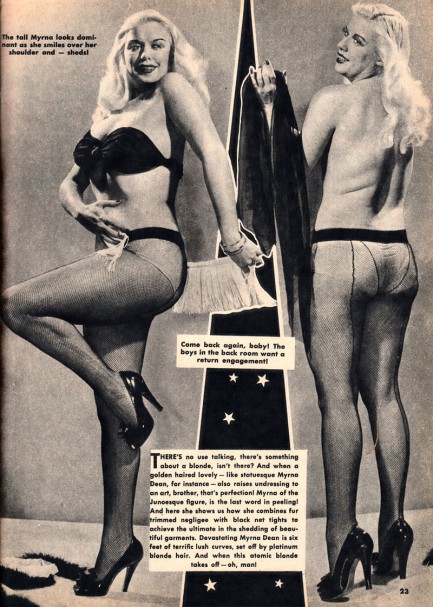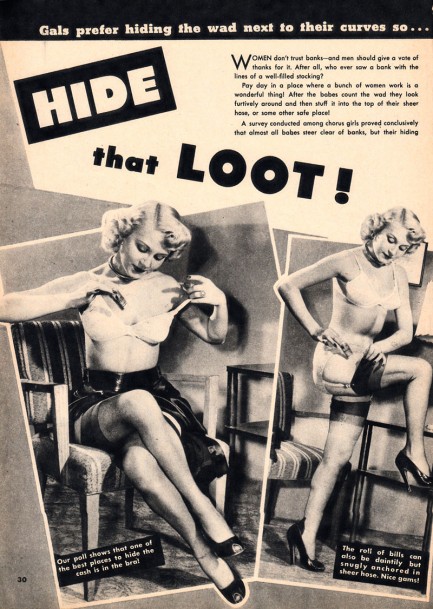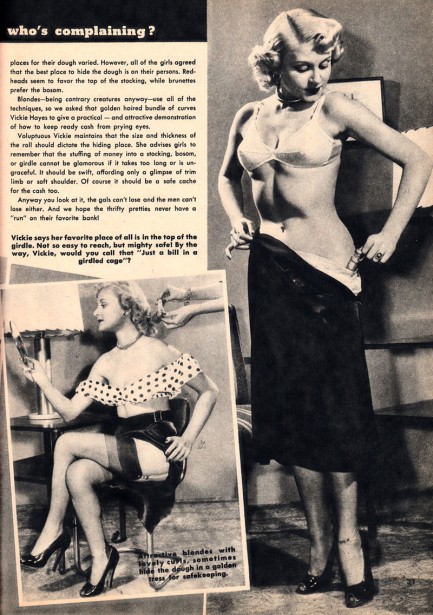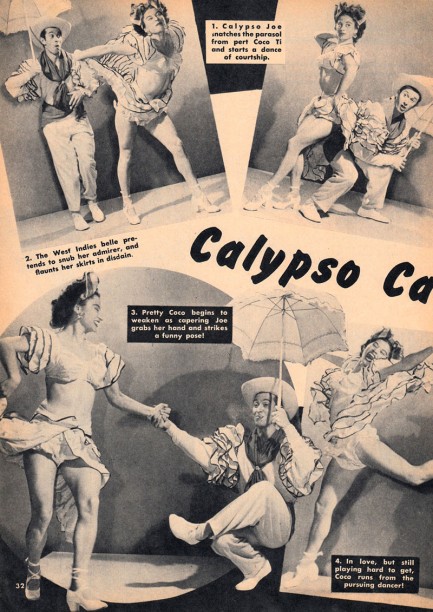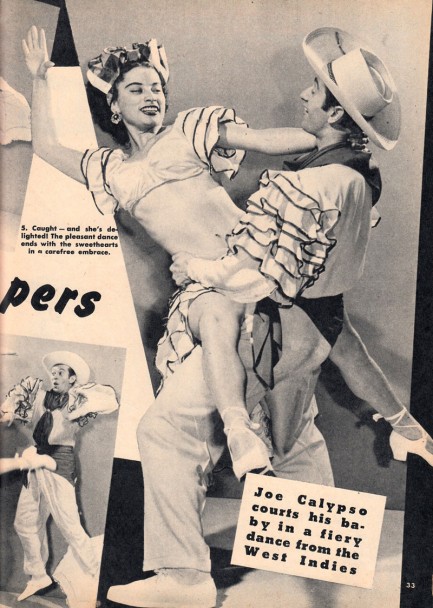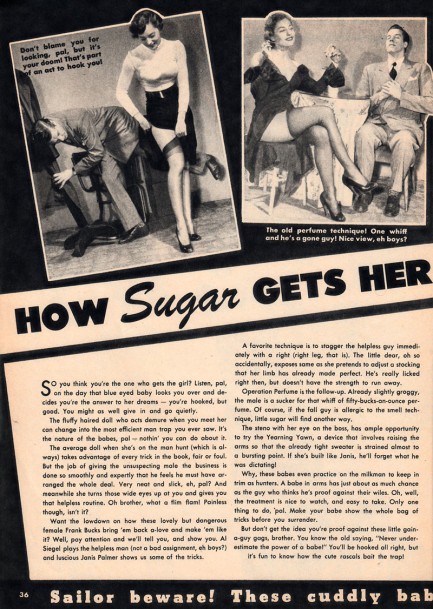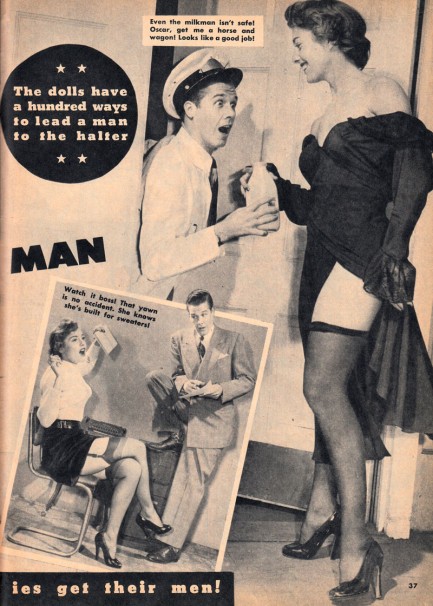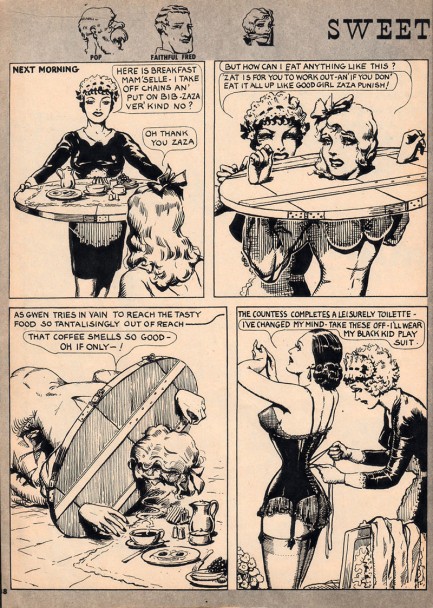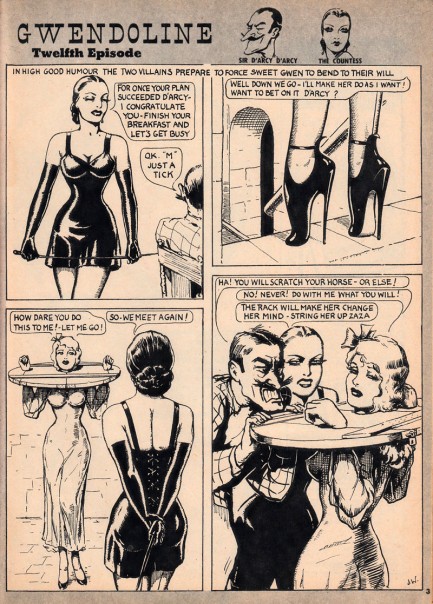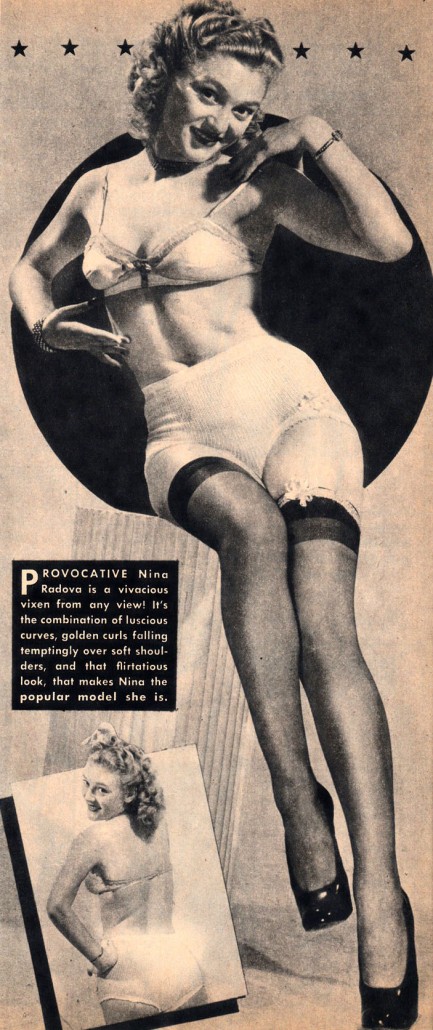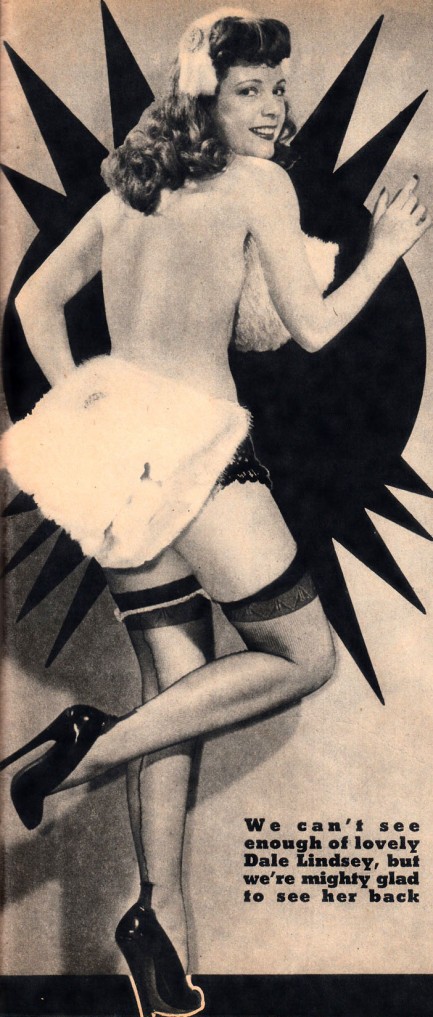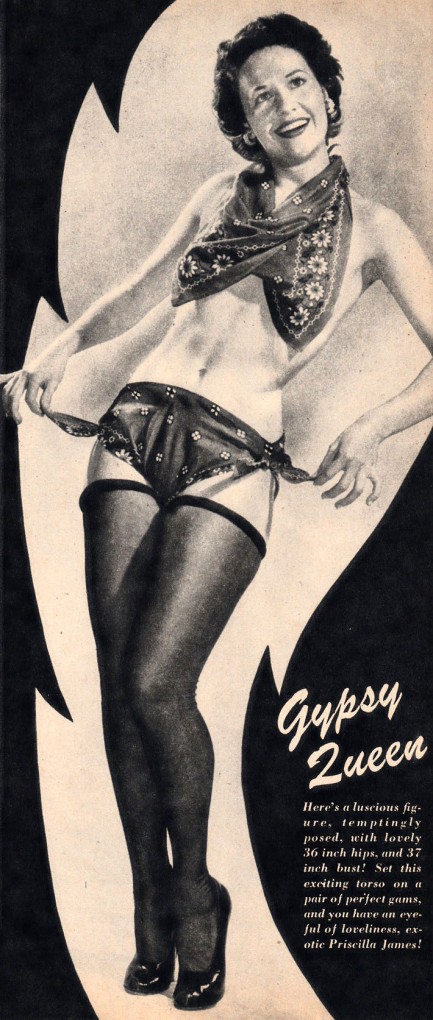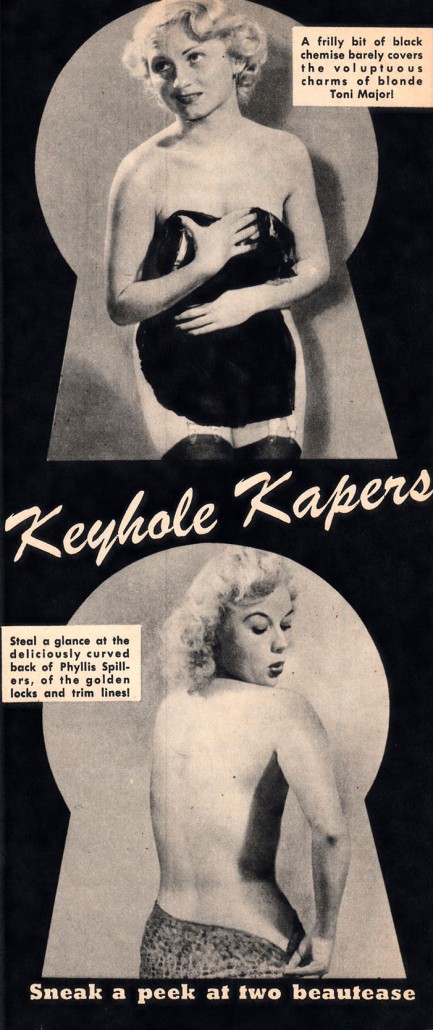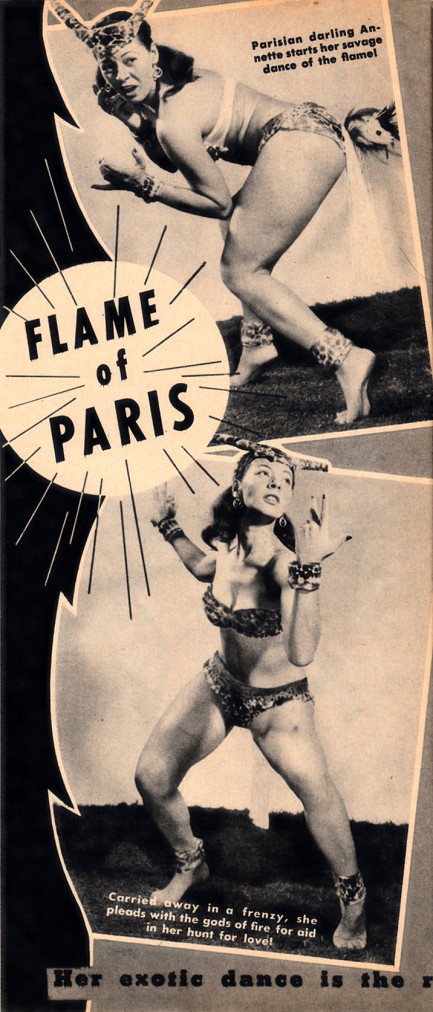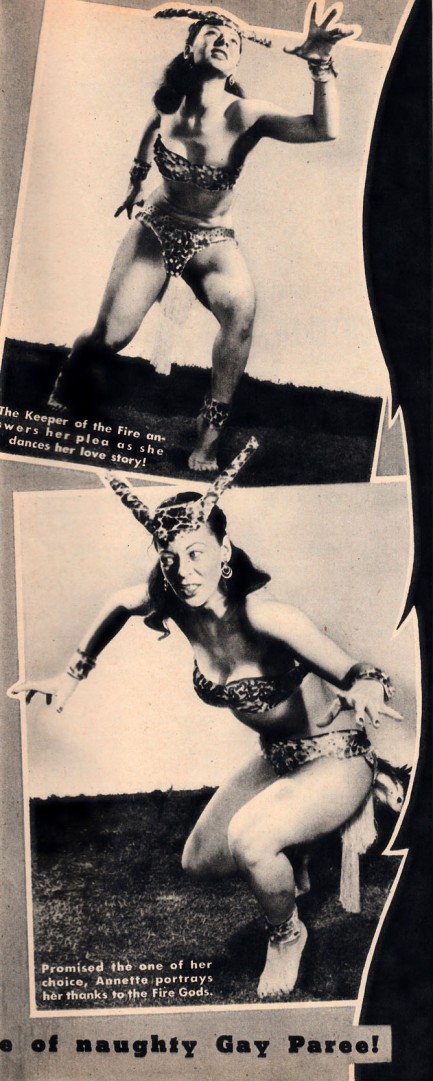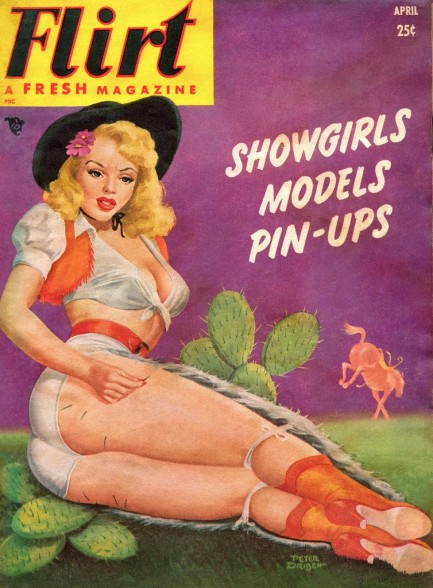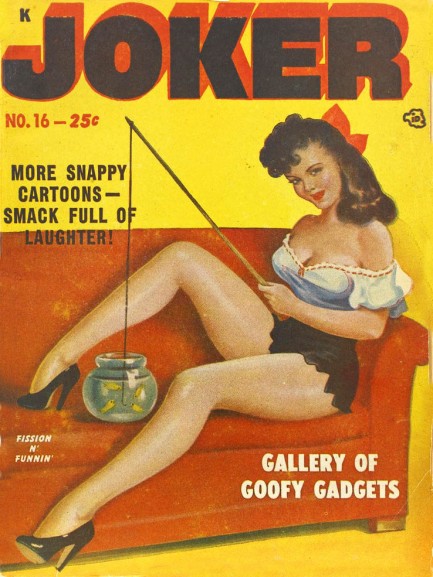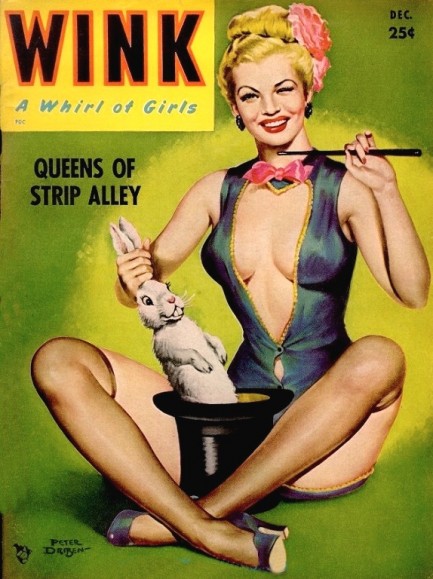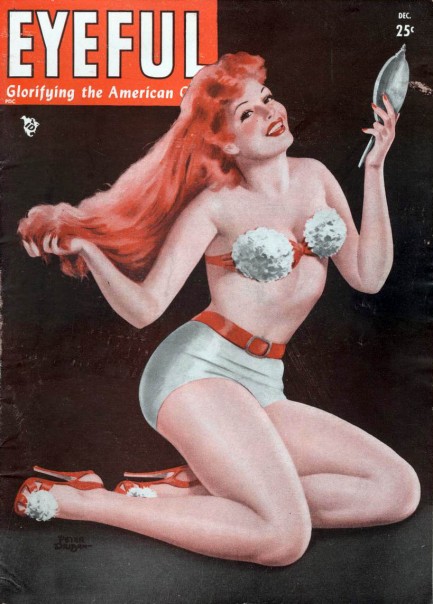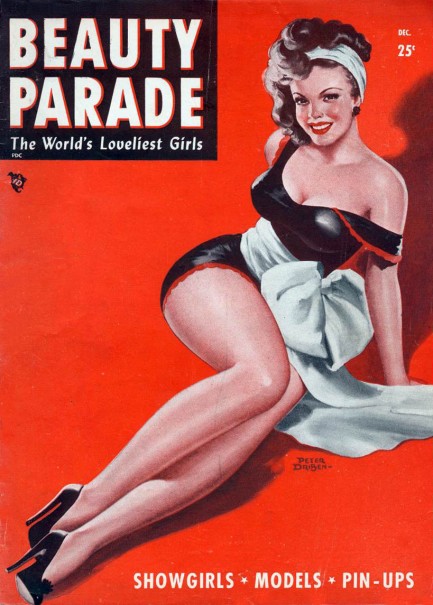 The key to a successful assassination? Time management. 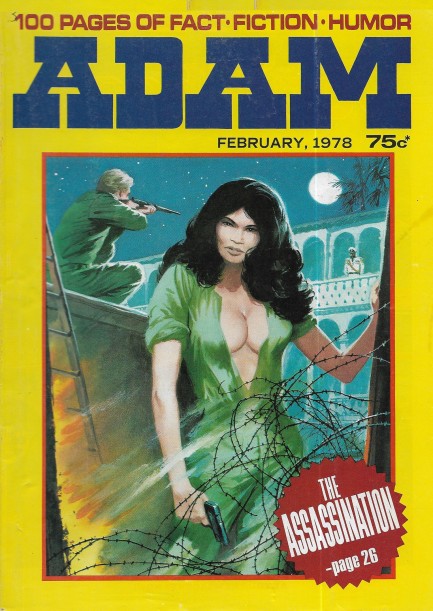
Just that quickly we have another Adam for you today. This issue is from this month in 1978, with a cover illustrating Norman G. Bailey's story, “The Assassination.” We're still trying to make sense of this take on the classic international hitman motif. If we understood it correctly, a highly skilled killer is hired for a hellishly difficult hit on a head of state in the fictional country of Damahomey. He travels by plane, boat, and train, cases the job, beds the femme fatale, pulls off the job, and returns home carrying a valise bulging with Damahomeen currency. But once back in the U.S., he finds he can't exchange this money for dollars because it went out of usage in 1930. Well, that's weird, considering everyone was using it in Damahomey. He subsequently finds that the man he assassinated was killed in 1930. So, seemingly, unbeknownst to him—or the reader—he traveled back in time and shot a guy. All without a machine or any bells and lights of any sort. We went through the tale again to see if we missed the part where he pushed a big red button marked, “Press Here To Travel Back in Time,” but nope, wasn't there. So the assassin was hired by time travelers, and somehow also time traveled through no agency of his own. Fine, we guess. Give Bailey credit for thinking outside the box. We have thirty-plus scans below, including rarities of Sharon Tate and members of the Manson Family, accompanied by Adam's take on the infamous Tate-LaBianca murders. 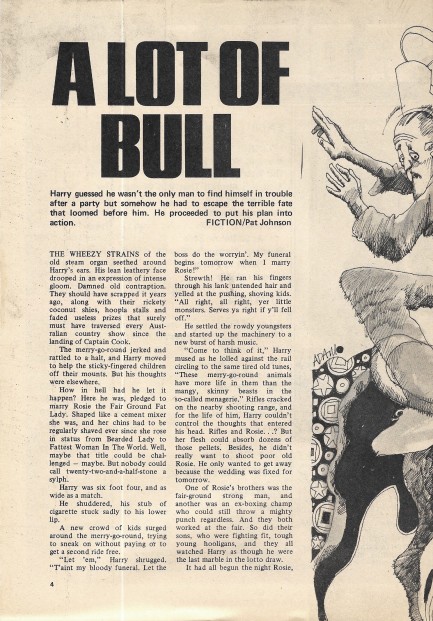 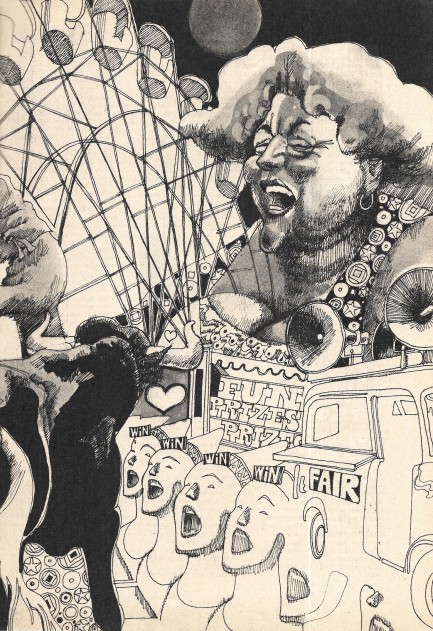 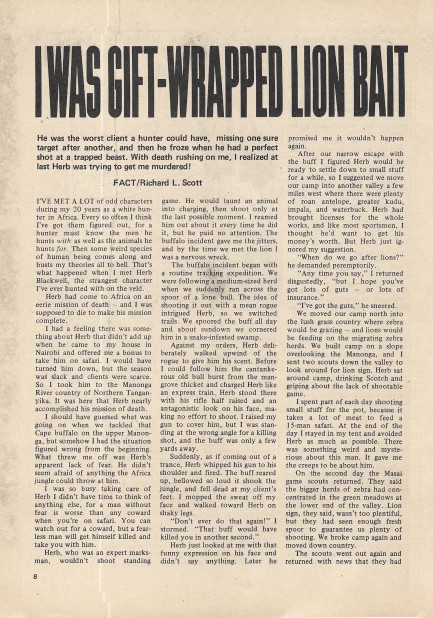 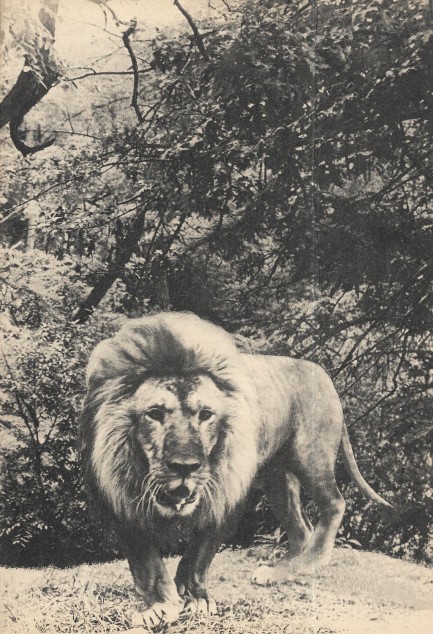  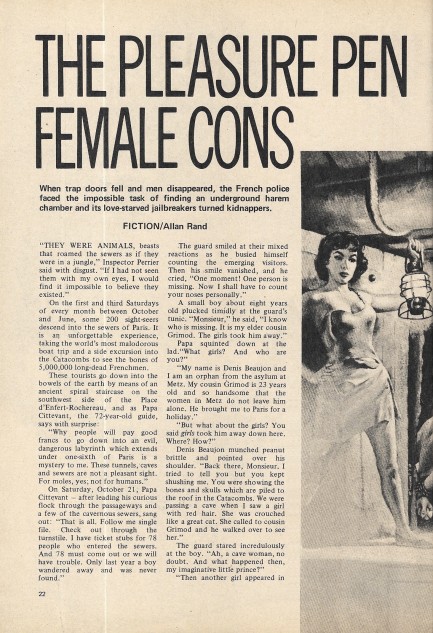 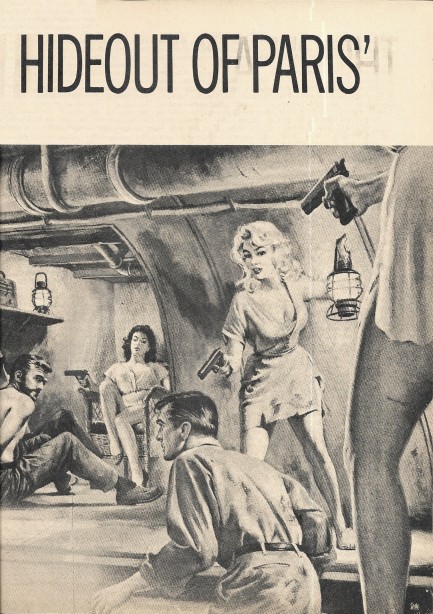 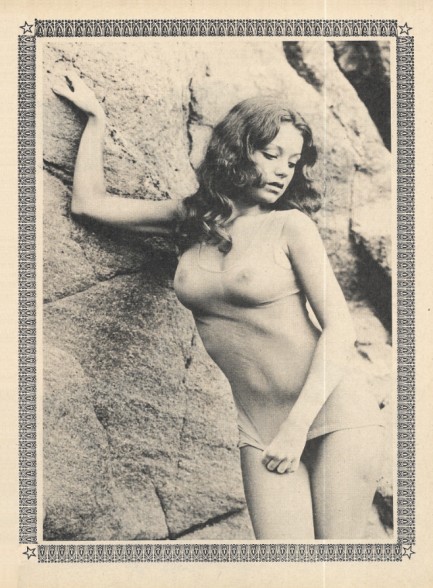 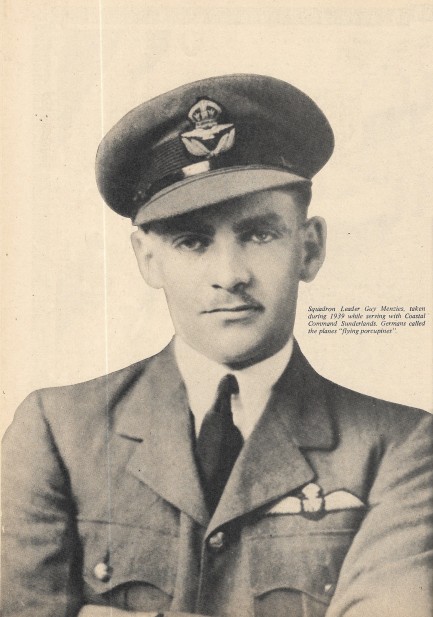  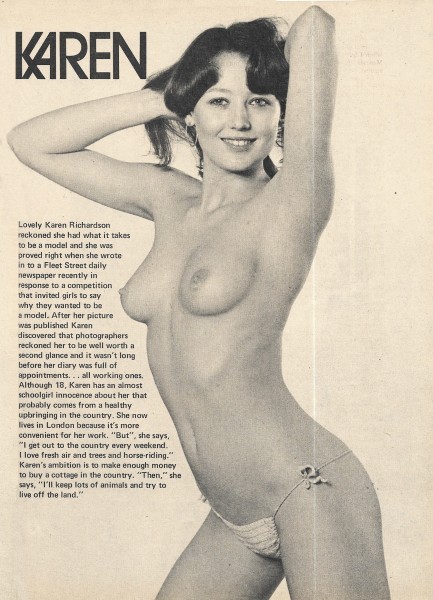  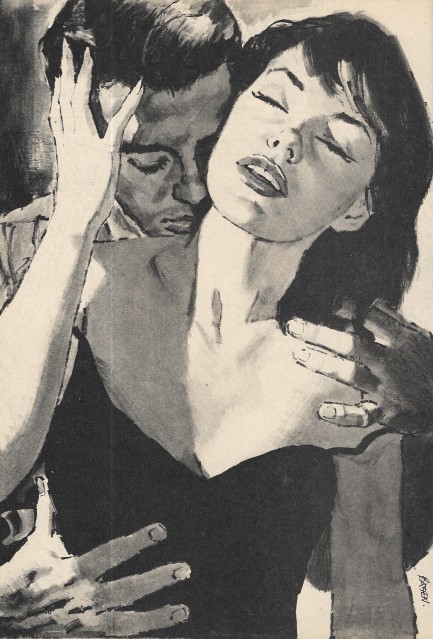 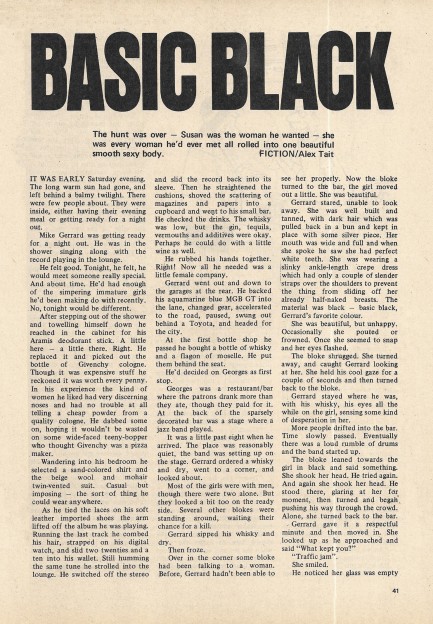 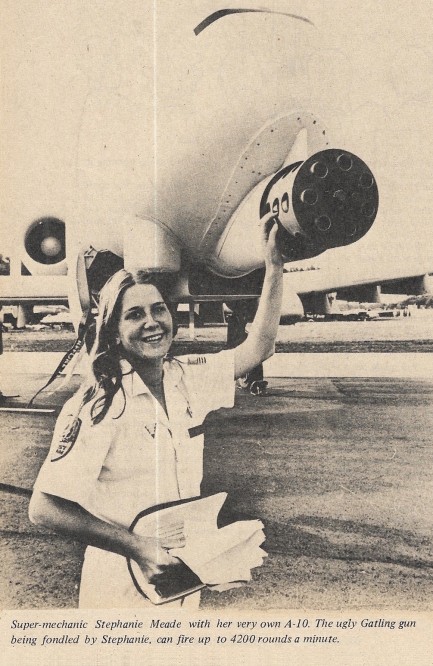 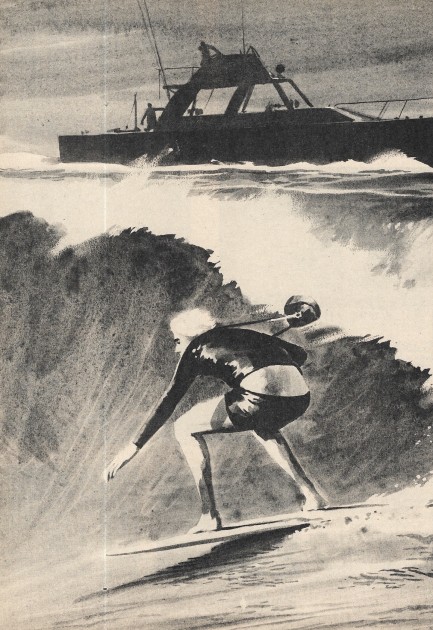  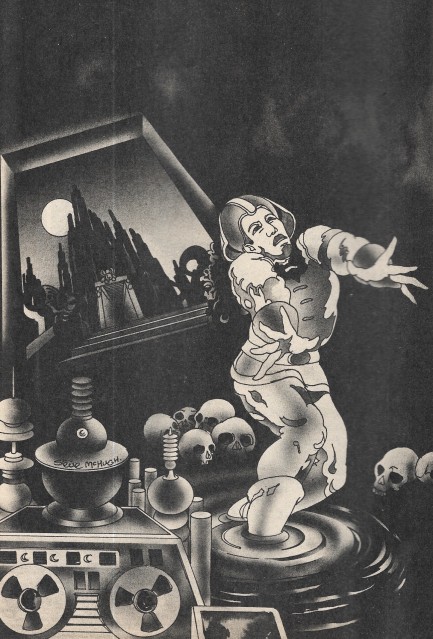 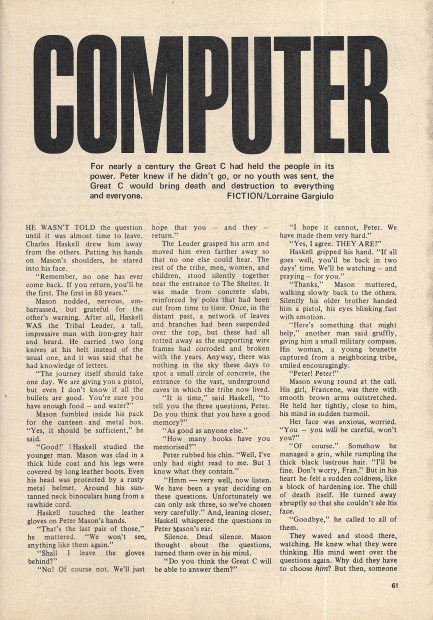 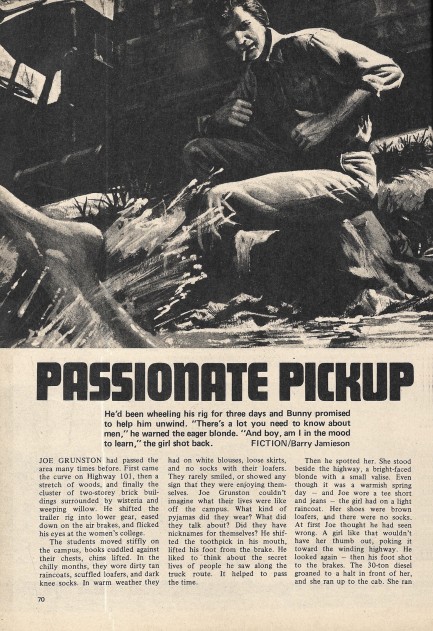 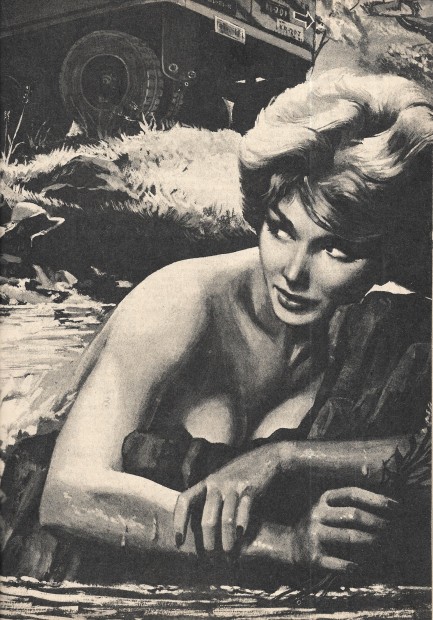 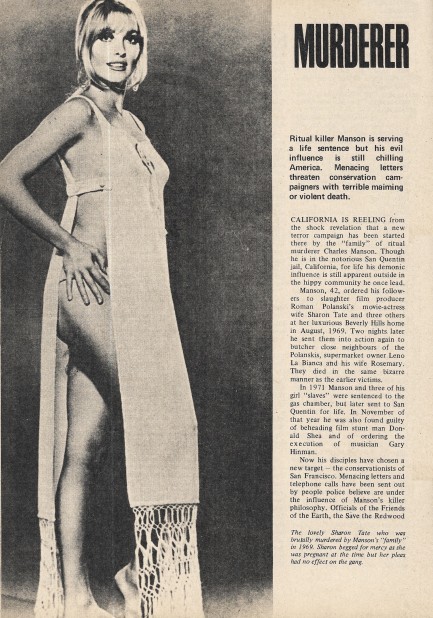 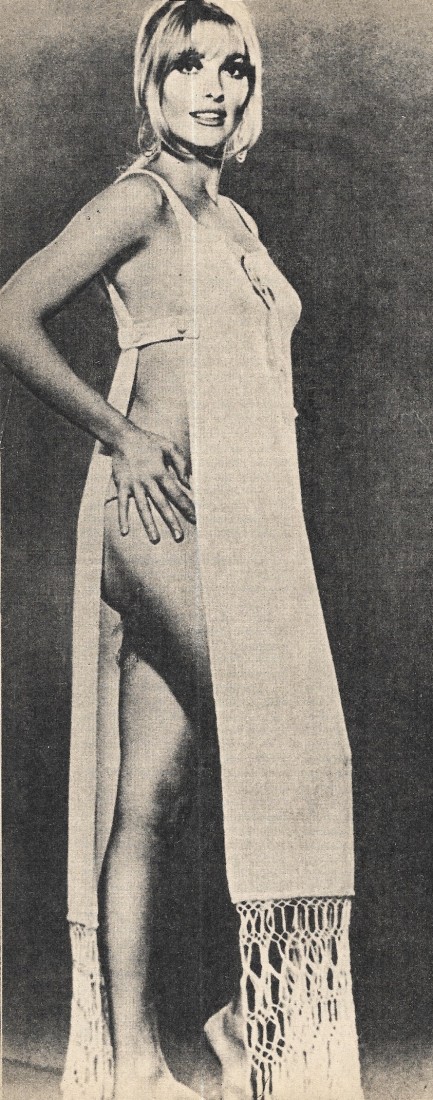 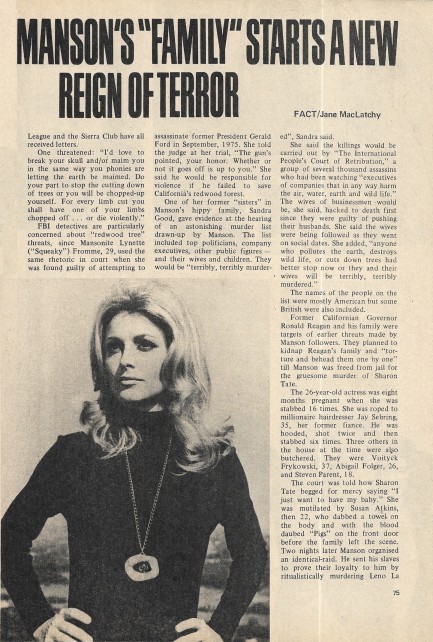 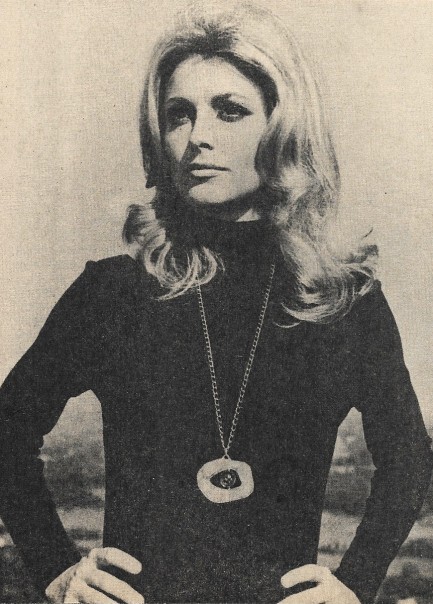 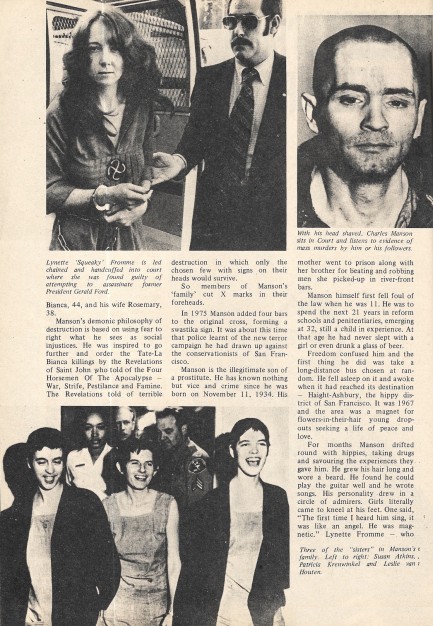 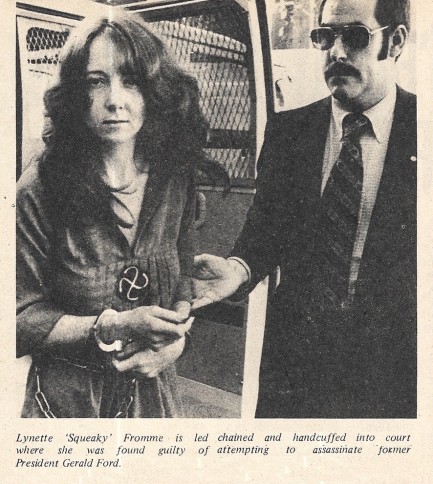 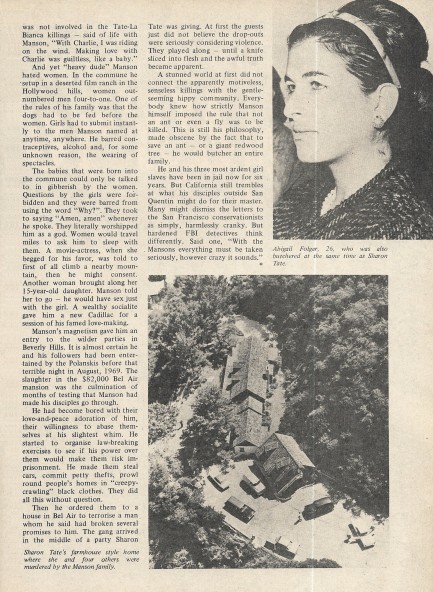 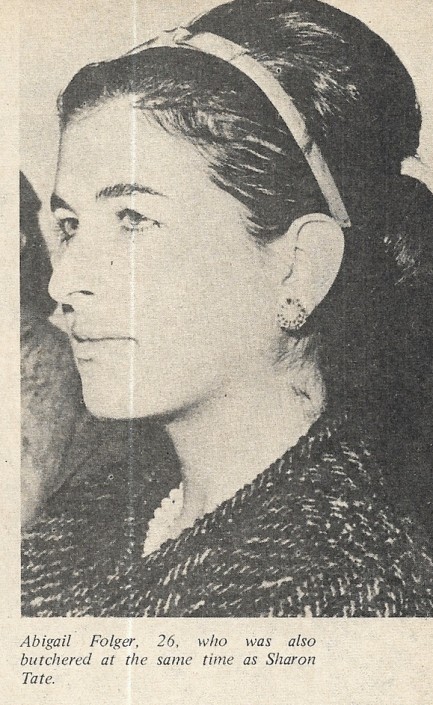   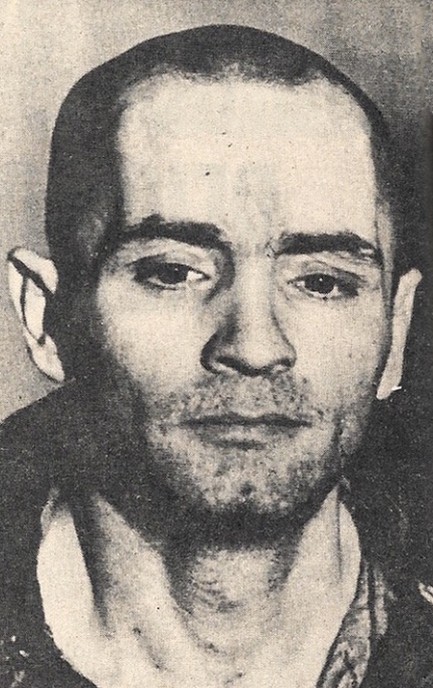  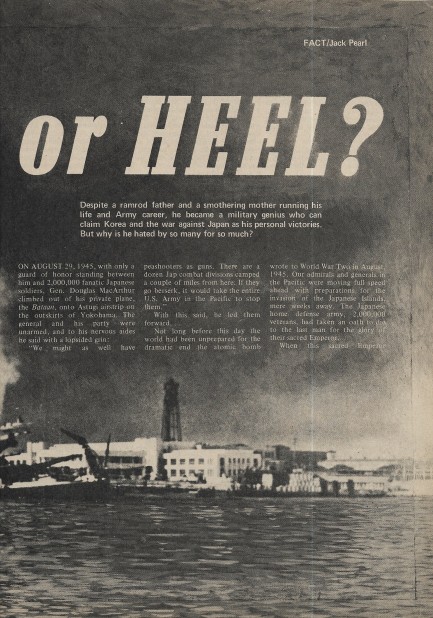 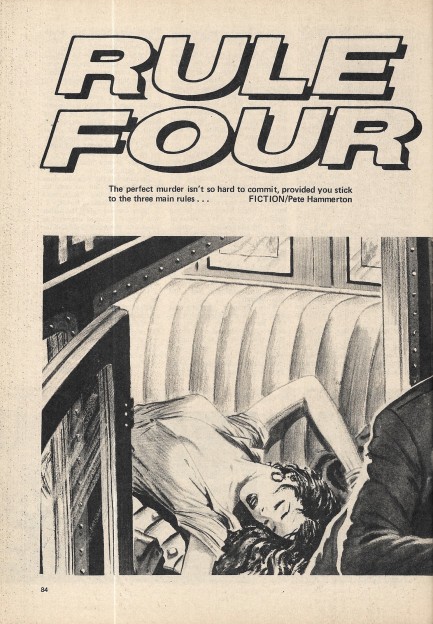 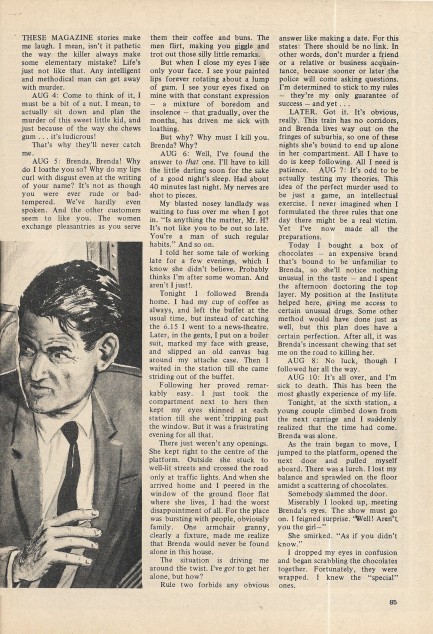 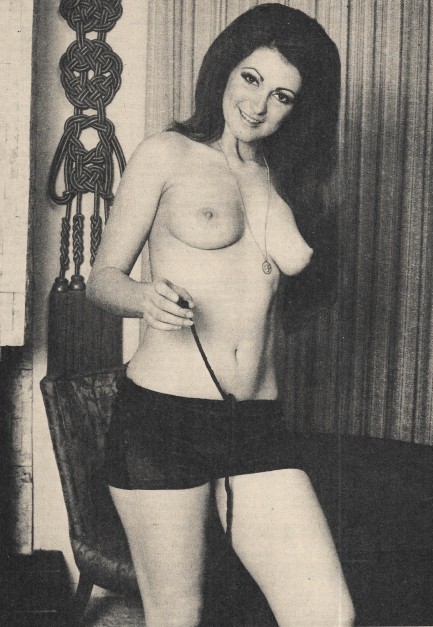 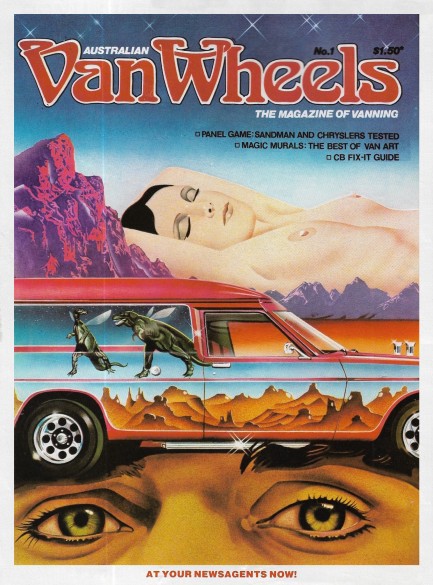
 This is nothing. You should see me in a limbo contest. 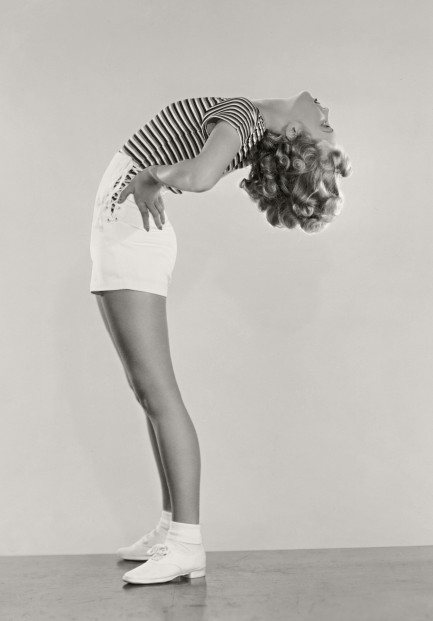
June Lang was born Winifred June Vlasek in Minnesota and was on the silver screen by age fourteen, later appearing in films such as The Deadly Game and Wee Willie Winkie. She cultivated a wholesome image, but in true pulp style threw it away by marrying Johnny Roselli—a known mobster—in 1940. Maybe they bonded over the fact that they'd both changed their names—Roselli had been born Filippo Sacco. Lang divorced him in 1943 but the damage had been done, and she worked only intermittently for the rest of her career. The above image of her showing her impressive flexibility is from 1935.
 It's easier to ask forgiveness than permission. Or better yet, just don't get caught. 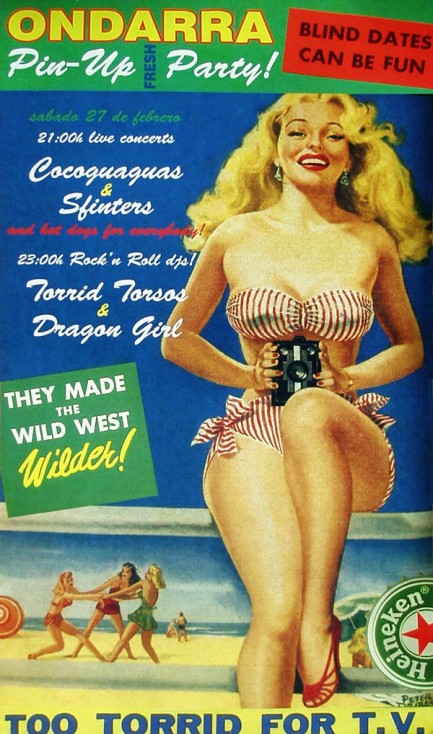
We were out barhopping not long ago when we spotted this promo poster on the wall of one of the many joints we visited. You’ll notice most of the text is in English. That’s because Ondarra sort of markets itself to the expat Brit crowd here. Anyway, after a couple of attempts to adequately photograph the poster, we just ripped it down and departed, because hey, why not? This particular poster features the work of mid-century pin-up artist Peter Driben, who painted covers for the Robert Harrison-operated pulp mags Wink, Flirt, Beauty Parade, and others. Driben is one of the most important and prolific pulp illustrators, so we’ll be stealing—or, ahem, borrowing—some more of his work in the future.
|
 |

The headlines that mattered yesteryear.
1939—Batman Debuts
In Detective Comics #27, DC Comics publishes its second major superhero, Batman, who becomes one of the most popular comic book characters of all time, and then a popular camp television series starring Adam West, and lastly a multi-million dollar movie franchise starring Michael Keaton, then George Clooney, and finally Christian Bale. 1953—Crick and Watson Publish DNA Results
British scientists James D Watson and Francis Crick publish an article detailing their discovery of the existence and structure of deoxyribonucleic acid, or DNA, in Nature magazine. Their findings answer one of the oldest and most fundamental questions of biology, that of how living things reproduce themselves. 1967—First Space Program Casualty Occurs
Soviet cosmonaut Vladimir Komarov dies in Soyuz 1 when, during re-entry into Earth's atmosphere after more than ten successful orbits, the capsule's main parachute fails to deploy properly, and the backup chute becomes entangled in the first. The capsule's descent is slowed, but it still hits the ground at about 90 mph, at which point it bursts into flames. Komarov is the first human to die during a space mission. 1986—Otto Preminger Dies
Austro–Hungarian film director Otto Preminger, who directed such eternal classics as Laura, Anatomy of a Murder, Carmen Jones, The Man with the Golden Arm, and Stalag 17, and for his efforts earned a star on Hollywood's Walk of Fame, dies in New York City, aged 80, from cancer and Alzheimer's disease. 1998—James Earl Ray Dies
The convicted assassin of American civil rights leader Martin Luther King, Jr., petty criminal James Earl Ray, dies in prison of hepatitis aged 70, protesting his innocence as he had for decades. Members of the King family who supported Ray's fight to clear his name believed the U.S. Government had been involved in Dr. King's killing, but with Ray's death such questions became moot.
|

|
|

It's easy. We have an uploader that makes it a snap. Use it to submit your art, text, header, and subhead. Your post can be funny, serious, or anything in between, as long as it's vintage pulp. You'll get a byline and experience the fleeting pride of free authorship. We'll edit your post for typos, but the rest is up to you. Click here to give us your best shot.

|
|












































